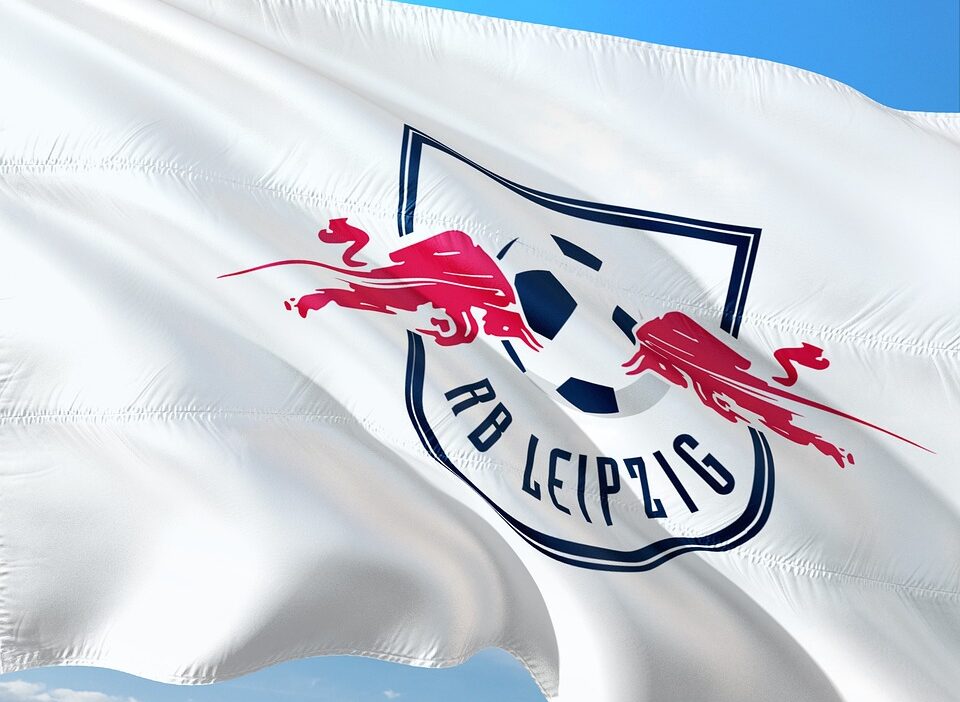As the digital age continues to evolve, online leagues are sprouting up in various domains—from fantasy sports and e-sports to tabletop gaming and virtual board games. These platforms have transformed how people engage with their favorite games, creating communities that transcend geographical boundaries. Behind the scenes, a complex array of technologies powers these online leagues, ensuring seamless interactivity and an enriched user experience.
The Backbone of Online Leagues: Cloud Infrastructure
At the heart of most online leagues lies cloud computing. Cloud infrastructure provides the necessary resources for hosting games, managing user data, and enabling real-time communication. Leading providers like Amazon Web Services (AWS), Google Cloud, and Microsoft Azure offer scalable solutions that can grow with demand, allowing leagues to accommodate increasing numbers of players during peak times or special events.
The elasticity of cloud services ensures that games remain accessible with minimal latency. This is vital for competitive gaming environments, where even milliseconds can determine the outcome of an event. Furthermore, cloud storage allows for the safe keeping of vast amounts of player data, match histories, and analytics, which can be utilized to enhance the gaming experience.
Real-Time Communication: APIs and WebSockets
Communication is key in any league, especially for games that require real-time interaction. APIs (Application Programming Interfaces) and WebSockets are critical technologies enabling this instant exchange of information.
APIs facilitate interactions between different software components, allowing various systems—like matchmaking services, leaderboards, and chat systems—to effectively collaborate. WebSockets, on the other hand, enable full-duplex communication channels over a single TCP connection. This means that players can receive and send messages simultaneously, crucial for maintaining fluid conversations during gameplay.
These technologies not only enhance interactivity but also create immersive environments where players can communicate through voice and text, share strategies, and build camaraderie, simulating a local playing experience even when worlds apart.
Game Engines and Development Frameworks
The choice of game engine dictates the overall performance and graphical output of online leagues. Engines like Unity and Unreal Engine are popular due to their versatility and support for cross-platform development. They allow developers to create complex environments, detailed graphics, and captivating gameplay mechanics that keep users engaged.
Additionally, these engines support modular development, meaning creators can easily update features or fix bugs on the fly. This adaptive approach is crucial in maintaining player interest and ensuring a smooth gaming experience across various devices, be it PCs, consoles, or mobile.
Data Analytics: Enhancing User Experience
Another key aspect of online leagues is the use of data analytics to improve the overall experience. By collecting and analyzing player data—such as win rates, play styles, and engagement metrics—leagues can tailor experiences to meet the needs and preferences of their users.
For example, predictive analytics can identify trends and suggest new game modes or challenges that might appeal to specific cohorts of players. Moreover, user feedback loops can be established through surveys and gameplay metrics, enabling leagues to evolve based on player input.
Security Measures: Keeping Players Safe
With the rise of online gaming comes the inevitable challenge of security. Protecting personal information and ensuring fair play are paramount. Advanced security protocols, including encryption and user authentication methods, are essential in safeguarding user data.
DDoS (Distributed Denial-of-Service) attacks pose a significant threat to online leagues, so robust mitigation strategies must be implemented to maintain uptime and security. Regular security audits and compliance with regulations such as GDPR and CCPA ensure that players’ rights and data privacy are respected.
Community Building: Social Features and Gamification
Finally, the success of online leagues often hinges on community engagement. Implementing social features—like forums, teams, and events—helps foster a sense of belonging among players.
Gamification elements, including achievements, leaderboards, and seasonal events, motivate players to remain active and engaged. These features not only enhance the gaming experience but also contribute to the long-term sustainability of the league by creating loyal user bases.
Conclusion
Online leagues are revolutionizing the gaming landscape, providing players with opportunities to connect and compete in unprecedented ways. The technology that powers these experiences—ranging from cloud infrastructure and real-time communication to data analytics and security measures—works harmoniously behind the screens to create immersive, engaging environments. As technology continues to advance, we can expect even more innovative developments that will further enhance the online league experience, bringing players together in ways previously thought impossible.

